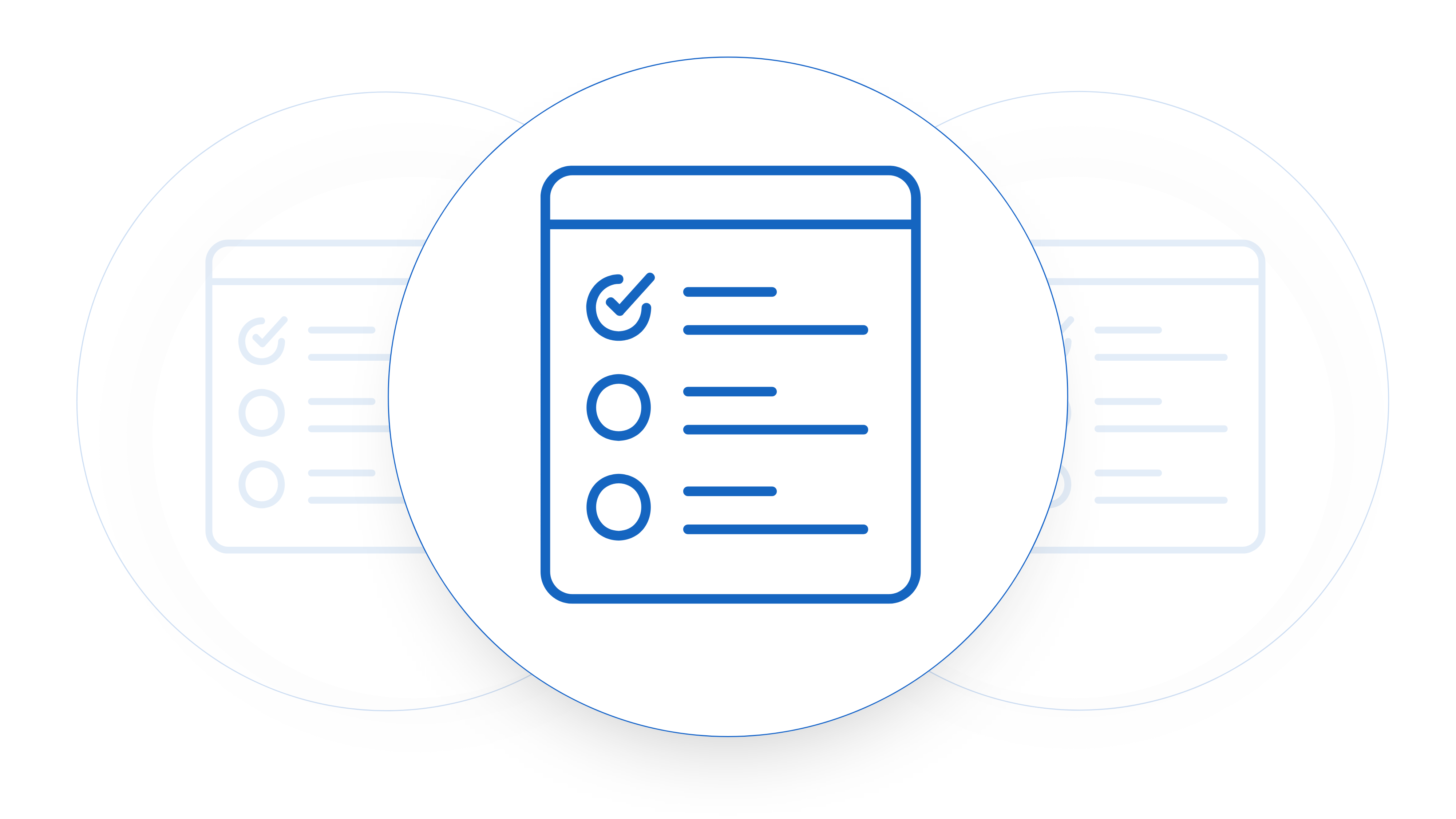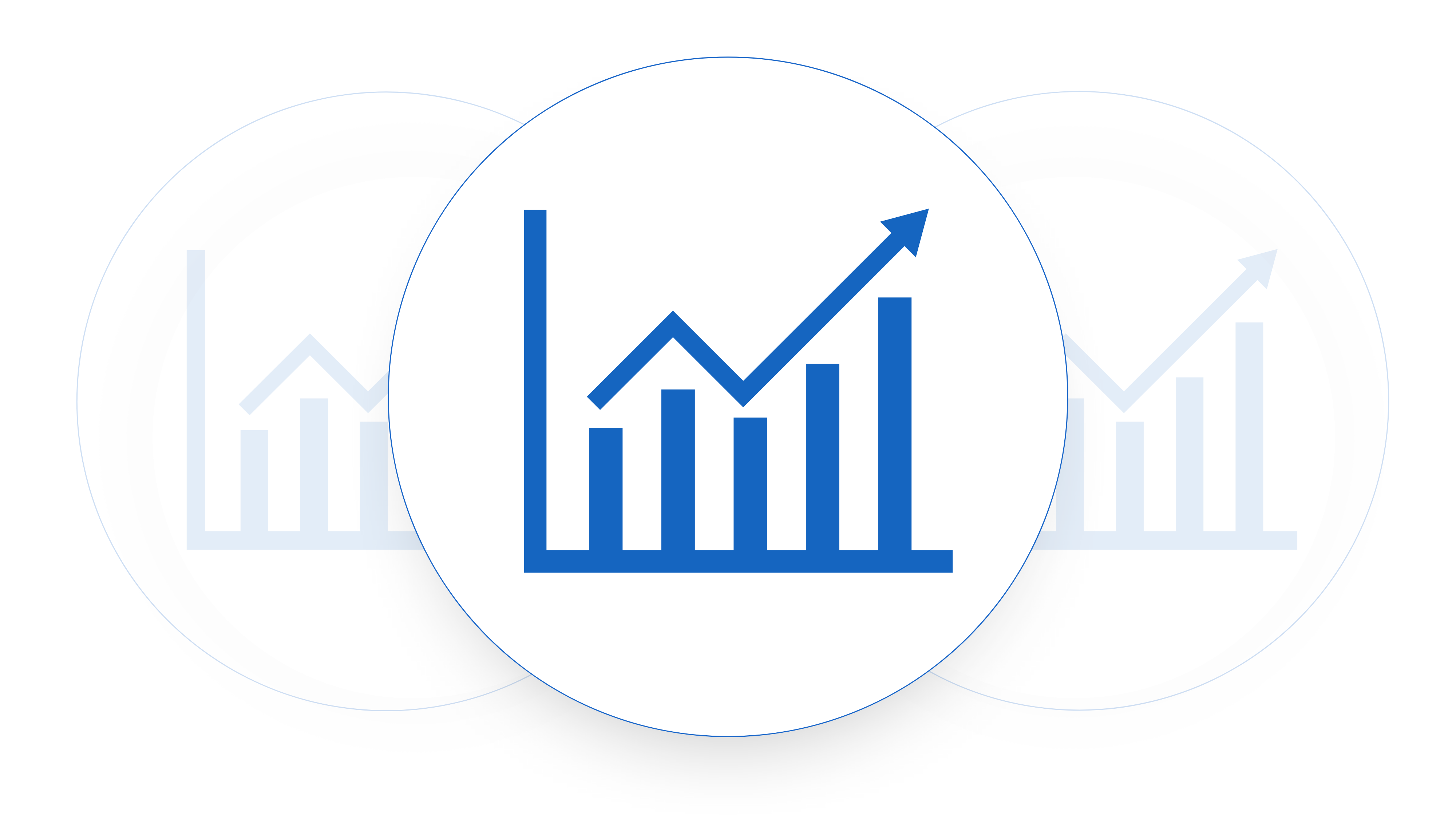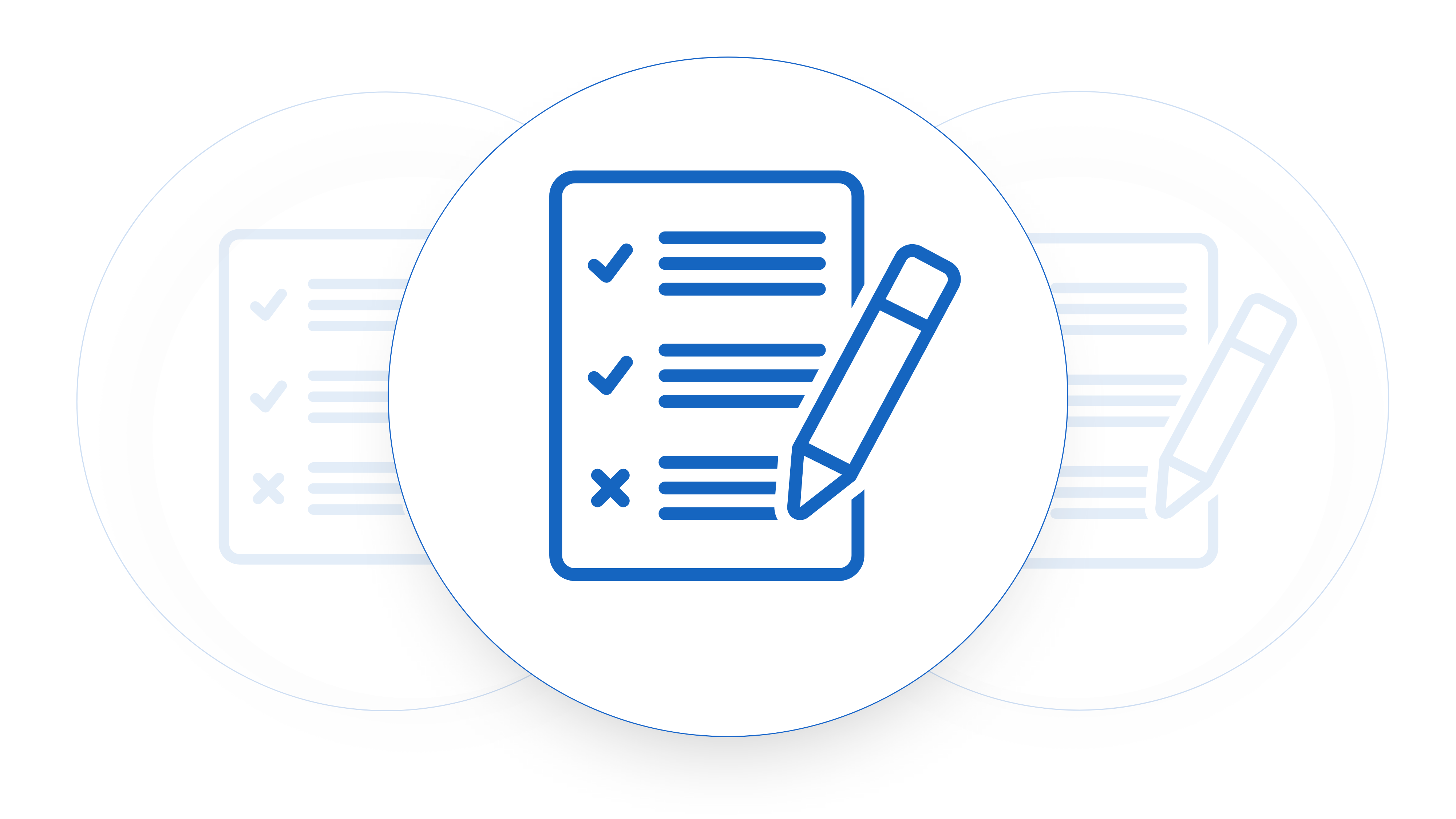A sales pipeline is a set of stages that are created to represent the steps of selling to a customer. SaaS sales pipeline basics cover everything but understanding what the pipeline stages represent first is a great place to start. The stages reflect the buying cycle from discovery to qualification all the way to closed won or closed lost. Depending on the product that is being sold this sales pipeline may have different stages that are defined differently for different companies. For this course we will be looking at the following stages to represent our sales pipeline:
Discovery, meeting booked, qualified lead, negotiation, closed won, closed lost.
Although these are very generic stages we usually see that software sales deal stages follow along with the standard decision-making stages of Awareness, Interest, Consideration, and Decision.
What is a qualified lead in a SaaS pipeline?
Qualified is a term that is used a lot in software sales. There are a lot of buzzwords to explain different stages of the sales cycle and how leads move down a sales pipeline but it all boils down to one simple explanation: is the sales lead likely to buy or not?
Looking at sales qualification there are several ways to qualify a lead. Some are basic, does the person I’m talking to have a pain point that will be solved by my product, do they have the money to afford it and can they sign off on this? Others are more complex, how are they using the product, are they in a region we can service, do they have an ongoing need or just a one-off need?
Every company and industry will have a different definition of what a qualified lead is and most will have several stages of qualification. Leads will often go through the stages of being marketing-qualified leads, sales-qualified leads, and then opportunities. The levels of qualification will differ at each stage but these are key triggers for the business to understand when more resources should be used on a lead or more senior sales team members should start to be involved.
SaaS Sales Pipeline Basics: Data Hygiene
A sales pipeline is something that needs constant attention. It should be a realistic source of truth that will help you look into the future and know the needs of your business. A clear and clean pipeline will let you know if you are getting enough quality leads from your marketing efforts, if these leads are being worked into good opportunities, the speed you’re growing, and how fast deals take to close. It’s a pulse that tells you whether or not what you’ve built is working.
But here lies the danger of creating a growth machine for your product. Salespeople are not only incentivized to create exaggerated pipelines but they are generally the people who will sell you on the truth of the numbers they have exaggerated because they are salespeople after all.
A bloated pipeline will generally consist of one of three things.
-
Incorrect information
-
Overstated numbers
-
Deals that sit in the open with no activity
Each of these things will give you poor information on how your business is doing and ultimately lead you to make poor decisions on what the business and product need in the months to come.
So how do you combat each of these things and stick to the SaaS sales pipeline basics?
Incorrect pipeline information
Incorrect information on a deal can make it very hard to track what’s actually going on with the pipeline. Some common incorrect information that comes up is incorrect naming of deals, incorrectly filling in data fields, or filling in data fields with inconsistent information. The solution for incorrect information is usually a structural way. You need to design a pipeline that removes the room for people entering information in error and a pipeline that forces consistent data collection.
How do you do this? One of the common early issues with pipeline building is not setting up fields as mandatory at different stages of the pipeline. Most CRMs will allow you to create data gates that will force salespeople to enter certain types of information to allow the deal to progress to the next stage. You can find an example of how you can do this in Hubspot here.
Another way to ensure data is reliable is by creating the data fields in data types that are useful for later analysis. An example of this is the use of a string field to gather information versus a drop-down select. The string field may end up gathering information that simply cannot be aggregated and therefore can’t be used for decision-making in the business. This is not always the case, there are circumstances where string data is required.
SaaS Sales Pipeline Basics: Overstated numbers
The age-old problem of having salespeople overstate numbers is a very common one. It’s also part of the sales process for numbers to fluctuate during the journey down the pipeline. A customer is learning about your pricing structures and learning about what they need so their budget will often change with this process. But as a deal is getting closer to closing you want to have a clear view of what your sales pipeline is looking like so how do you ensure that numbers aren’t inflated?
The first rule of thumb is to agree on what the number should be for the deal and what is to be reported. Should it be the entire deal value that might include multiple years? Should it be only recurring revenue (stripping out non-recurring revenue)? Should it be only first-year annual recurring revenue? This will depend a lot on your business and how you bill customers. If you’re billing customers annually in advance and there is a break clause in the contract at that one-year mark is there any reason to be looking full contract value of a multi-year contract in your forecasting?
The only action you can take to make sure that numbers are not overstated is to have a regular catch-up with each person in the sales team and ask them to ‘call’ what they are responsible for closing that month or that quarter. To do this in a team meeting puts social pressure on salespeople to be more accountable for the numbers that they are leaving in the CRM and allows you to have a realistic number that you can hold them to and ask why the CRM numbers don’t match that if that’s the case.
Deals that sit in the open with no activity
Some deals just don’t die and salespeople will hold on to them for dear life. But having sales deals sit in the pipeline with no visible activity for a long time is just skewing your forecasting and isn’t good for anyone in the business. If a customer is putting off a decision they are not a qualified lead – i.e: they don’t have a timeline for the product to be rolled out. It’s important with your sales pipeline to create a particular set of rules that will prompt the sales team to move things to closed loss or if you have a particularly long sales cycle and there are just deals that linger then moving them to an extra stage called lost reengage and creating a task for later to follow up. This will give you a clean sales pipeline to forecast from.












